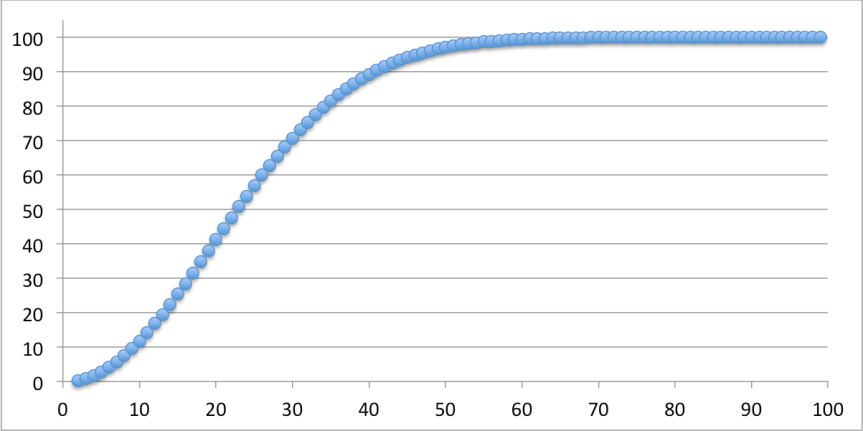I recently came across an interesting math problem on youtube (why youtube keeps showing me these when I’m watching cooking shows, I’ll never understand, but I digress). What is the average distance between two random points on a circle? This can also be expanded to ask what is the average distance between two random points inside a circle? Now of course I’m not going to sit down and do lots of math to figure this out, but it is a kinda interesting problem for a monte carlo simulation. So I dusted the python off and went to work.
Continue reading “Average Distance Between Points On or In a Circle”

